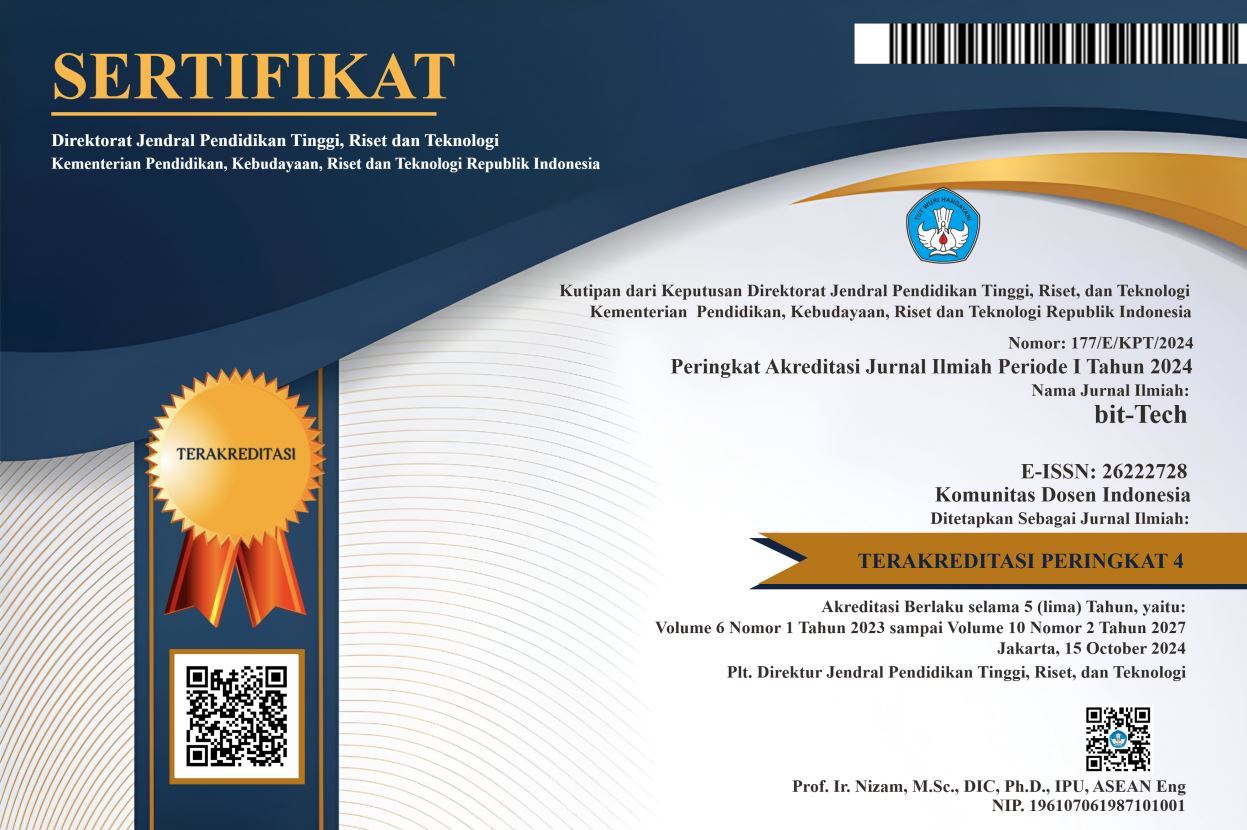The Acceptance Study of e-commerce Customers Based on TAM
DOI:
https://doi.org/10.32877/bt.v3i3.165
Keywords:
Technology Acceptance Model (TAM), Perceive Usefulness, Perceive Ease of Use, Behavior Intention, Multiple Regression Linear, Contribution Effective and Relative
Abstract
The improvement of information technology and science has grown rapidly. CV. Sukses Mandiri Jaya, which is engaged in the sale of spare parts for motorcycle, does not have a computerize system, making it difficult for buyers to see the products and to make transactions. The work aim to create a web based system with the Technology Acceptance Model (TAM) to measure the usability level of the system. TAM is used to achieve a certain goal by identifying some of the basic variables and by measuring factors that affect system acceptance. TAM positions two beliefs, that are Perceived Usefulness and Perceived Ease of Use as major factors in system acceptance behavior. It was found that the proposed system accepted by customers, which was measured by a questionnaire involving 57 respondents. The results show that Perceived Usefulness and Perceived Ease of Use simultaneously and partially have positive and significant influence on the Behavior Intention. This also shows that result of the relative contribution of perceived usefulness (X1) is 36.75% and the perceived ease of use (X2) is 63.25%. The effective contribution of Perceived Usefulness is 29.44% and the Perceived Ease of Use is 50.66% for Behavior Intention, which means that the effect of Perceived Ease of Use is more dominant than the Perceived Usefulness
Downloads
Downloads
Published
How to Cite
Issue
Section
License
I hereby assign and transfer to bit-Tech all exclusive copyright ownership rights to the above work. This includes, but is not limited to, the right to publish, republish, downgrade, distribute, transmit, sell, or use the work and other related materials worldwide, in whole, or in part, in all languages, in electronic, printed, or any other form of media, now known or hereafter developed and reserves the right to permit or license a third party to do any of the above. I understand that this exclusive right will belong to bit-Tech from the date the article is accepted for publication. I also understand that bit-Tech, as the copyright owner, has sole authority to license and permit reproduction of the article. I understand that, except for copyright, any other proprietary rights associated with the work (e.g. patents or other rights to any process or procedure) must be retained by the author. In addition, I understand that bit-Tech permits authors to use their papers in any way permitted by the applied Creative Commons license.


 DOI :
DOI :
 Abstract views: 1013
/
Abstract views: 1013
/  PDF downloads: 652
PDF downloads: 652











